Aquariums across the United States offer incredible opportunities to explore marine life from around the world. These massive facilities not only provide a home for thousands of aquatic species but also emphasize conservation, education, and hands-on experiences for visitors. Each location brings its own unique charm and marine ecosystem to life, so let’s explore some of the largest aquariums in the U.S., showcasing their size, standout exhibits, and contributions to marine conservation.
Mystic Aquarium
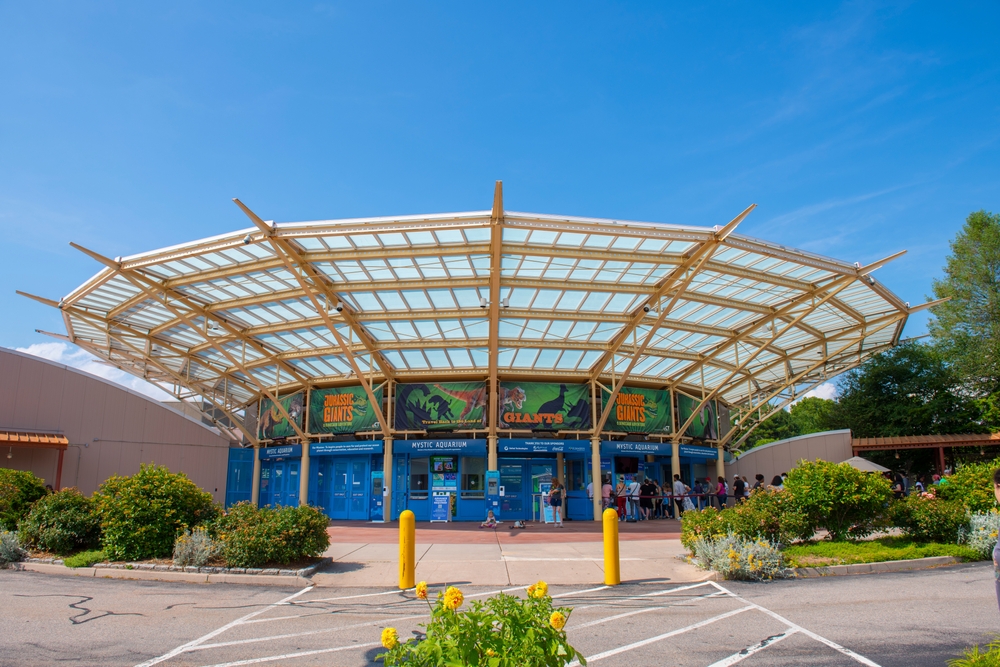
Mystic Aquarium in Connecticut holds over 1 million gallons of water, with its largest tank being a 760,000-gallon exhibit dedicated to beluga whales. Opened in 1973, it features over 10,000 animals from diverse ecosystems, including sand tiger sharks, clownfish, and African penguins. Its Arctic Coast exhibit is one of the most popular, housing both belugas and rescued harbor seals. It is also home to a 4D theater and various hands-on exhibits, which provide immersive learning experiences for visitors. The facility has a strong focus on marine research, working to conserve species like sea turtles and penguins. Additionally, its involvement in the exploration of the Titanic’s wreckage adds a historical layer to its offerings.
New York Aquarium

Located in Brooklyn, the New York Aquarium holds over 1 million gallons of water and is home to more than 350 species of marine life. Its largest exhibit, Ocean Wonders: Sharks!, features a 500,000-gallon tank filled with sharks, rays, and other ocean predators. Originally opened in 1896, it has undergone significant renovations, including expansions after damage from Hurricane Sandy. It now includes modern exhibits that focus on conservation and education. The New York Aquarium plays a critical role in protecting marine life along the Atlantic coast, with programs that focus on rehabilitating endangered species. Visitors can also explore hands-on experiences and interactive exhibits. It is a must-see attraction in Coney Island, offering a blend of history, education, and entertainment.
Tennessee Aquarium
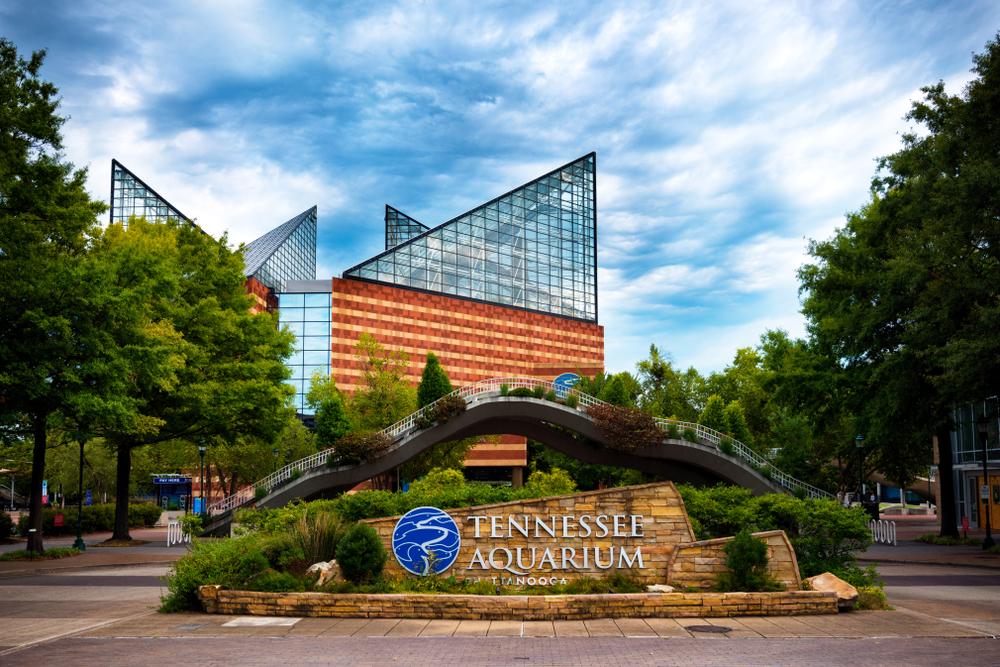
The Tennessee Aquarium, located in Chattanooga, features over 1.1 million gallons of water spread across two buildings: Ocean Journey and River Journey. Opened in 1992, its largest tank holds 618,000 gallons and houses sharks, stingrays, and other ocean dwellers. River Journey focuses on freshwater species native to the Southeast United States, while Ocean Journey highlights marine ecosystems from around the globe. Visitors can explore a variety of habitats, including a butterfly garden and a penguin exhibit. It is heavily involved in conservation efforts, particularly in protecting native freshwater species. It is home to over 12,000 animals from 800 species, providing an immersive educational experience. It also offers unique animal encounters and behind-the-scenes tours, enriching the visitor experience.
Texas State Aquarium
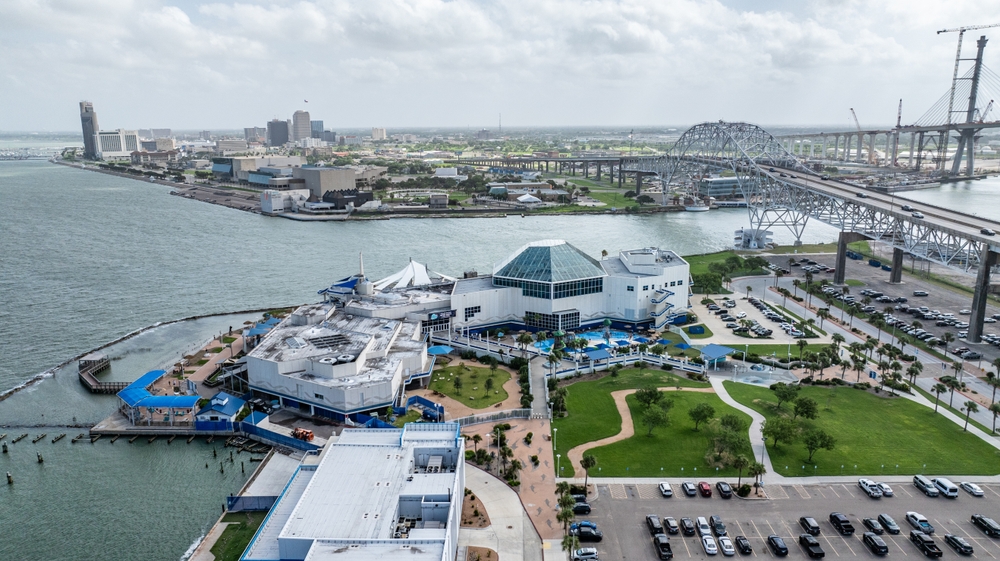
The Texas State Aquarium in Corpus Christi holds more than 1.5 million gallons of water, with its largest exhibit, Caribbean Journey, featuring a 400,000-gallon tank. Opened in 1990, it is home to a variety of species, including sharks, rays, and sea turtles. One of its key conservation programs focuses on the Texas coast, with initiatives such as wildlife rehabilitation and coastal restoration. Visitors can explore local ecosystems in the Living Shores exhibit, which highlights wetlands and bays. It also offers a Dolphin Bay exhibit, where visitors can watch dolphins in a naturalistic setting. Educational programs and animal encounters are popular attractions for families. It remains a vital center for marine conservation in the Gulf of Mexico.
Florida Aquarium
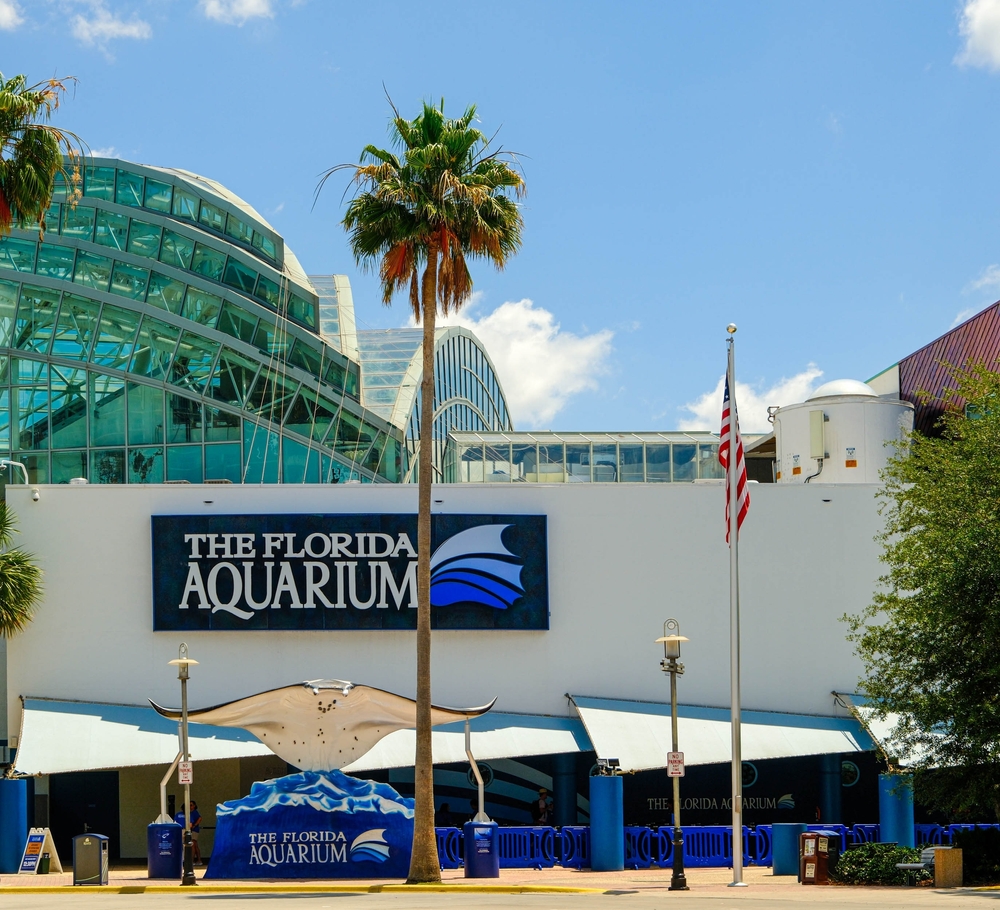
Located in Tampa, the Florida Aquarium spans 250,000 square feet and holds over 2 million gallons of water. Its largest exhibit, the Coral Reef tank, holds 500,000 gallons and features sharks, rays, and sea turtles, offering a glimpse into Florida’s underwater ecosystems. Opened in 1995, it is home to over 7,000 plants and animals, ranging from alligators to sea dragons. It also plays a crucial role in coral reef restoration, with a successful program focused on reproducing endangered corals. Visitors can enjoy a variety of exhibits, including the Wetlands Trail and Journey to Madagascar, which showcases lemurs and chameleons. It is also a leader in education, offering outreach programs that promote marine conservation. In recent years, it has introduced outdoor experiences, including a water play zone for children.
National Aquarium
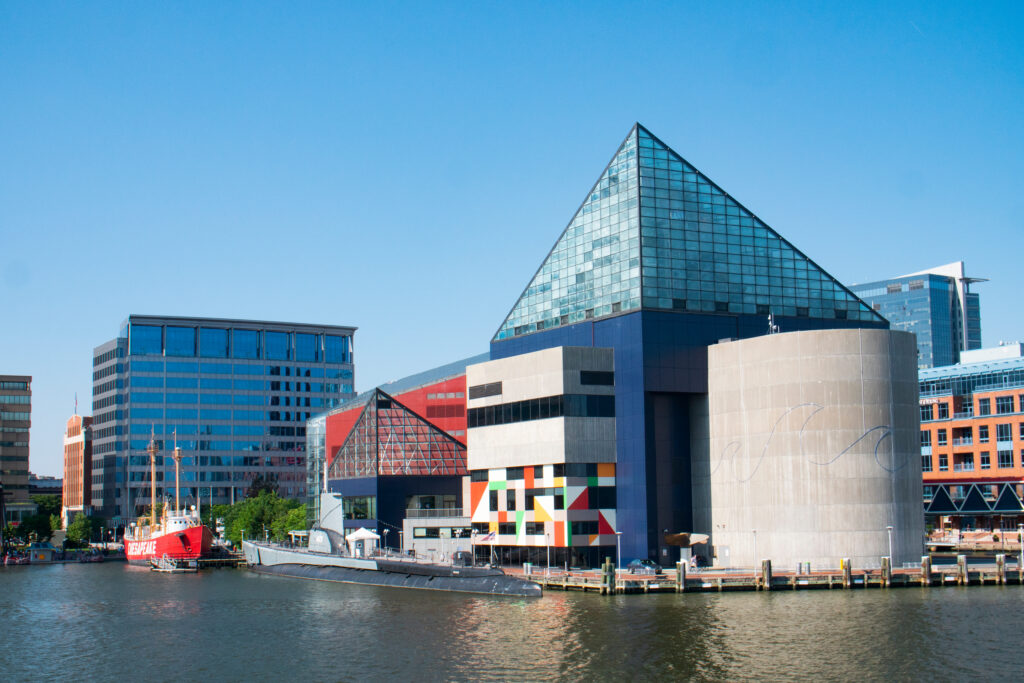
The National Aquarium in Baltimore holds 2.2 million gallons of water across its many exhibits, with the largest tank containing 1.3 million gallons. Opened in 1981, it is home to over 17,000 animals from 750 species, making it one of the most popular attractions in Maryland. Its Blacktip Reef exhibit, modeled after Indo-Pacific coral reefs, is one of the highlights, featuring sharks, rays, and vibrant coral formations. It is also involved in a wide range of conservation efforts, including marine mammal rehabilitation and habitat restoration. Visitors can explore diverse ecosystems, from tropical rainforests to Arctic environments. It also offers educational programs and interactive exhibits, making it a top destination for marine enthusiasts. Future expansion plans include the addition of new habitats for its animals.
Monterey Bay Aquarium

The Monterey Bay Aquarium, located on the California coast, holds over 2.3 million gallons of water. Its largest exhibit, the Open Sea, contains 1.2 million gallons and features sea turtles, tunas, and large schools of sardines. Opened in 1984, it is known for its naturalistic exhibits that mimic the surrounding environment, blending seamlessly with the Pacific coastline. It is home to over 35,000 animals from 550 species, including sea otters, penguins, and anemones. It is also a leader in marine conservation, with programs focused on sea otter rescue and sustainable seafood practices. Visitors can explore the Kelp Forest exhibit, which was one of the first living kelp forests ever created in an aquarium. It also offers hands-on exhibits and educational outreach programs to engage visitors.
Shedd Aquarium
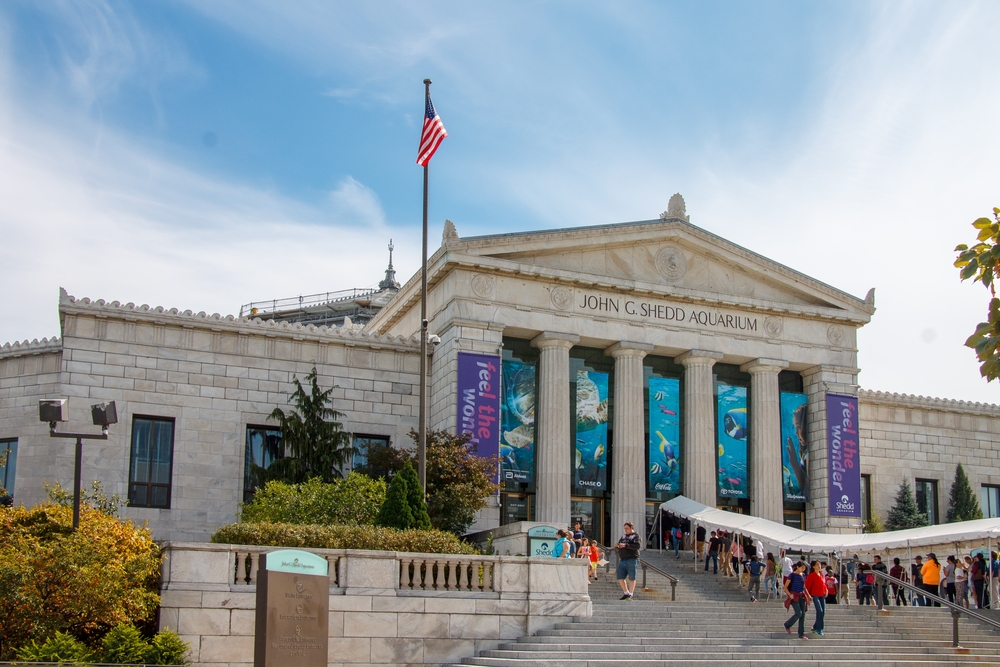
Chicago’s Shedd Aquarium holds 5 million gallons of water, making it one of the largest indoor aquariums in the world. Opened in 1930, it is home to over 32,000 animals from 1,500 species. The Oceanarium is one of its standout exhibits, featuring 3 million gallons of water and housing beluga whales, dolphins, and sea lions. Its Caribbean Reef exhibit offers a 360-degree view of marine life, including sharks, rays, and colorful fish. It is also known for its impressive architecture, blending Greek revival design with modern marine exhibits. In addition to its vast marine life collection, it is involved in various research and conservation efforts aimed at protecting endangered species. It offers unique experiences such as behind-the-scenes tours and animal encounters, providing educational value for all ages.
The Seas with Nemo and Friends
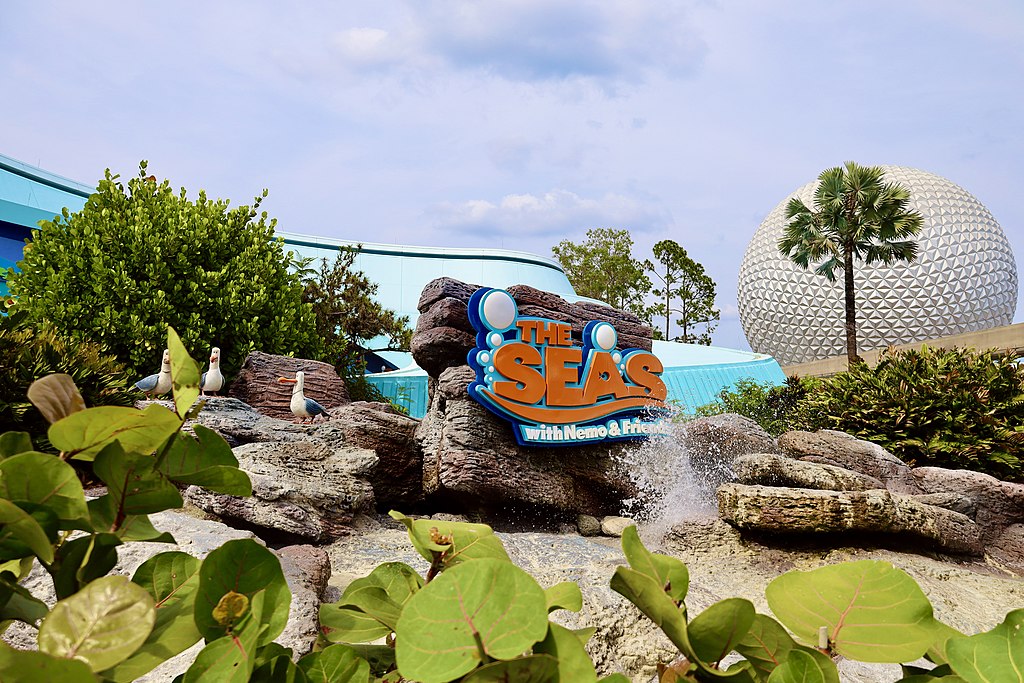
Located in Walt Disney World’s Epcot, The Seas with Nemo and Friends holds 5.7 million gallons of water, making it one of the largest aquariums in the U.S. This attraction offers more than just marine life exhibits—it includes an interactive ride based on Pixar’s Finding Nemo. Opened in 1986 as The Living Seas, it was later remodeled to feature characters from the movie. The facility is home to over 8,500 animals from 60 species, including dolphins, sea turtles, and tropical fish. Visitors can engage in various experiences, from diving with dolphins to interactive exhibits that focus on ocean conservation. The Seas with Nemo and Friends remains a family favorite for its blend of entertainment and education. It also offers programs for certified divers, enhancing its appeal to ocean enthusiasts.
Georgia Aquarium

The Georgia Aquarium in Atlanta is the largest in the United States, holding more than 11 million gallons of water. Its Ocean Voyager exhibit alone contains 6.3 million gallons and is home to whale sharks, manta rays, and various other large species. Since its opening in 2005, it has introduced over 60 distinct habitats, showcasing marine life from across the globe. Visitors can explore a range of exhibits, from Cold Water Quest, which houses beluga whales and sea otters, to Tropical Diver, featuring colorful coral reefs. It also offers unique interactive experiences, including the opportunity to dive with whale sharks. In addition to its public exhibits, it is a leader in marine research and conservation, with programs focused on saving endangered species. Its dedication to education and sustainability makes it a world-class destination for marine enthusiasts.
This article originally appeared on Rarest.org.
More from Rarest.org
20 Keystone Species That Play a Crucial Role in Their Habitats
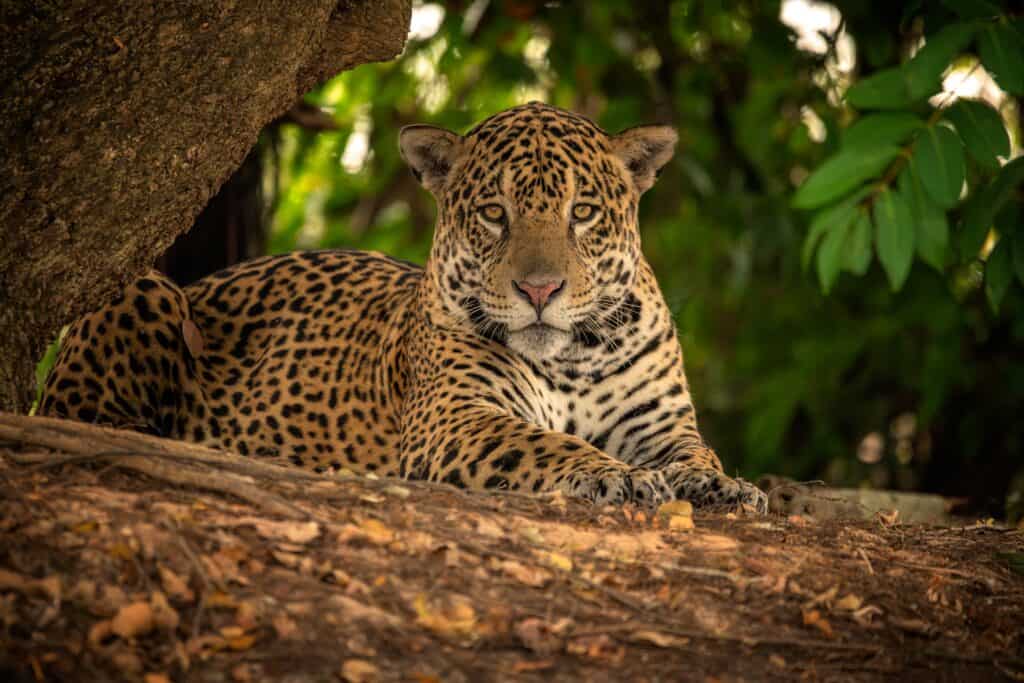
Keystone species are essential to maintaining the balance of their ecosystems. Without them, the structure of the habitat could change dramatically. These species often influence many other organisms in their environment, helping to regulate populations and maintain biodiversity. Read More.
18 Rare and Exotic Fruits You Can Grow at Home
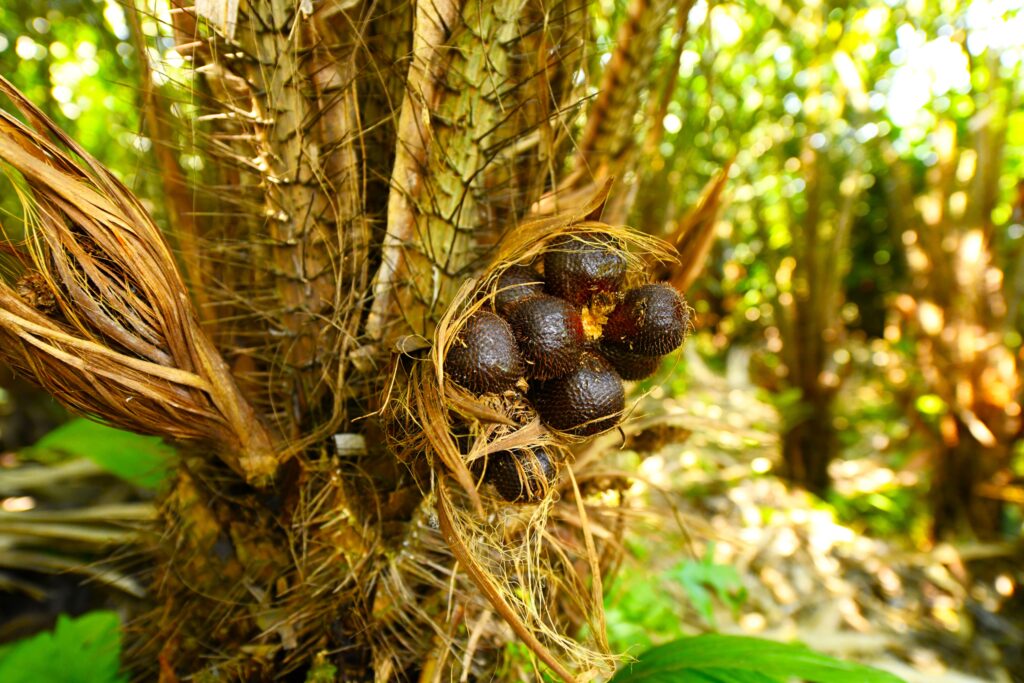
Growing your own exotic fruits at home is an exciting way to add rare flavors to your garden. Many of these fruits offer unique tastes that are hard to find in stores. Read More.
14 Unique Trees with Vibrant Foliage Throughout the Year
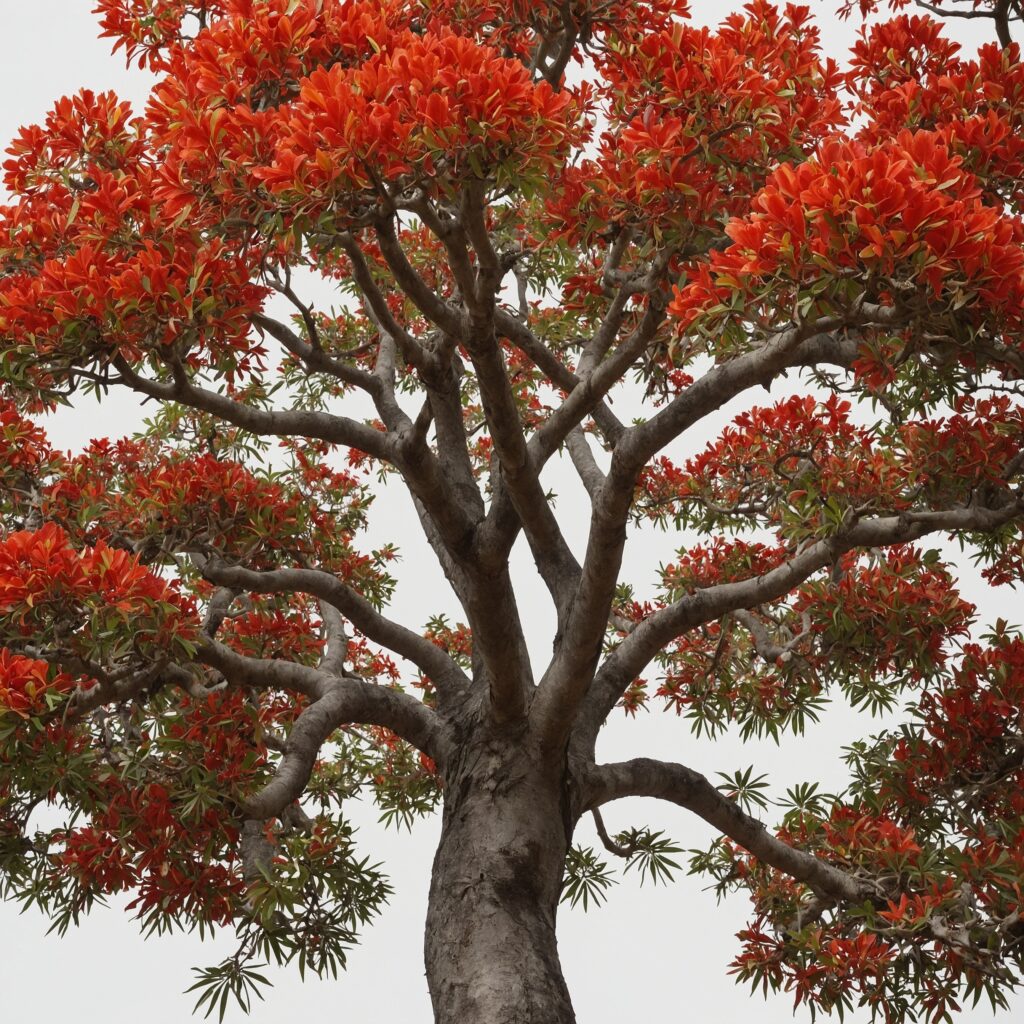
Trees with vibrant foliage can completely transform a landscape, bringing color and life to every season. Some species stand out for their stunning hues, with colors that shift as the year progresses. Read More.
